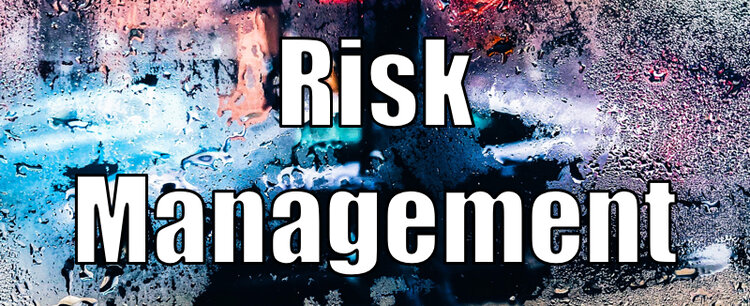As we mentioned in the blog two weeks ago, there are six areas that should always be covered in a comprehensive financial plan. Those six parts are:
- Cash Flow
- Risk Management
- Tax Planning
- Retirement Planning
- Investments
- Estate Planning

Our goal with a comprehensive financial plan is to assess where you are today financially, where you want to be in the future, and the best strategies to get you there. We include risk management because it makes sure you are protected should something go wrong along the way.
With risk management, we focus on four key areas:
- Life insurance to protect your loved ones should you die prematurely
- Disability insurance to ensure you will still receive income should you no longer be able to work
- Long-term care insurance to protect your assets and provide dignity if you need this type of care in the future
- Property and Casualty insurance to protect your home and other possessions
There are two issues we see regularly with how people approach risk management. The first is making decisions based on how much you can afford. The correct approach is determining what coverage is needed to meet your goals and then building the correct coverage as part of your comprehensive financial plan.
The second is using rules of thumb or generic advice. Let’s dig into this in a bit more detail because this is more common. The rule of thumb for life insurance is 7-10x your income, but it needs to be tailored based on your situation. For example, let’s assume you’re a young doctor who just finished residency. You have $250,000 in student loans and a mortgage for the home you just bought. You have two young kids and your spouse in not working outside the home. This person would probably need closer to twenty times their income depending on their goals.
On the other hand, you’re 60 and have done a good job saving for retirement and paying down debt. This person might only need 3-5x their income in life insurance. Every situation is unique so when we review risk management in a comprehensive financial plan, it allows us to make sure the coverage is tailored to your needs. You’re not paying for insurance you don’t need and your loved ones will be taken care of should any unexpected events occur. That’s the goal!
